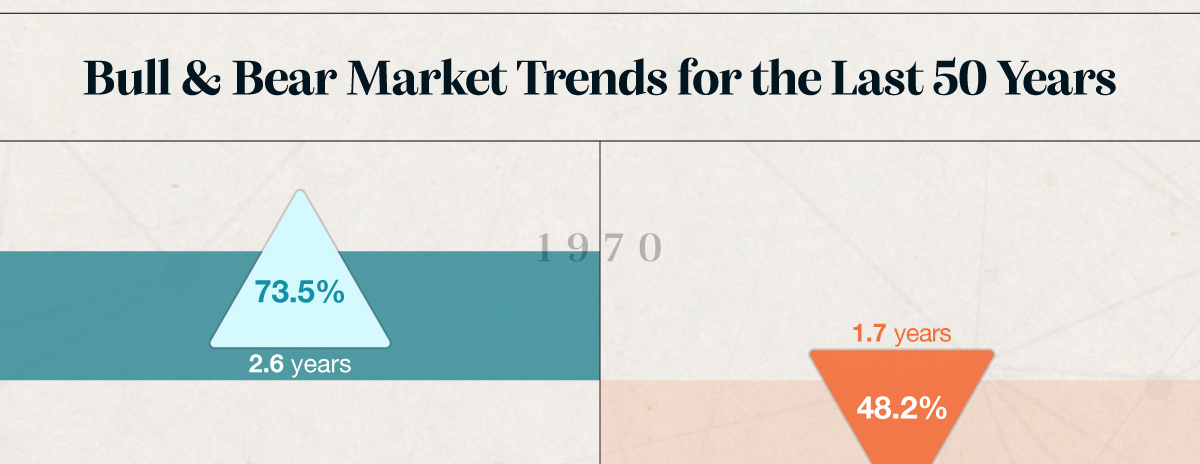Bull & Bear Markets: A Timeline





































This calculator compares the financial impact of leasing versus buying an automobile.

Learn how to address the challenges that women face when planning for retirement.

Every so often, you'll hear about Social Security benefits running out. But is there truth to the fears, or is it all hype?